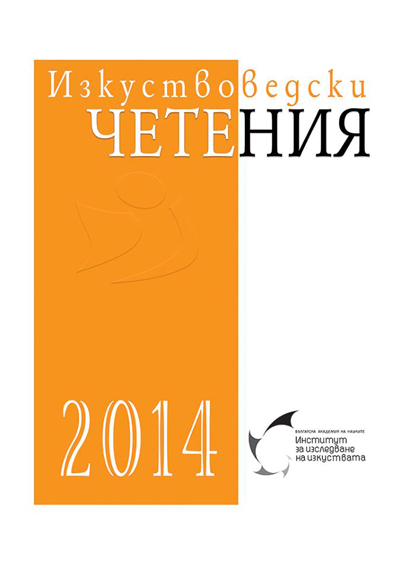Тенденции в украсата на българската църква в Истанбул
Trends in the Decoration of the Bulgarian Church in Istanbul
Author(s): Blagovesta IvanovaSubject(s): History, Anthropology, Social Sciences, Fine Arts / Performing Arts, Cultural history, Customs / Folklore, Visual Arts, Ethnohistory, Cultural Anthropology / Ethnology, Culture and social structure
Published by: Институт за изследване на изкуствата, Българска академия на науките
Summary/Abstract: The Bulgarian Orthodox Church of St Stephen in Istanbul was built on the Golden Horn in 1896/98. It was designed by Turkish architect Hovsep Aznavur to be constructed of prefabricated steel profiles applying French standards. His design, pertaining to the profiles, was adapted by the Austrian firm, R. Ph. Wagner, applying Austrian standards. The parts were manufactured in Vienna at the workshops of the firm. A thorough analysis of the exterior and interior decoration allows for a comparison between its elements and decorative details used in European architecture. Examples of public profane and religious buildings and facilities of the second half of the nineteenth century are dealt with. In this way, the range of borrowings from the decoration of French and Belgian architectures has been established along with the names of the European architects favoured by Aznavur, of whom that of Charles Garnier comes to the fore. The architectural decoration of the Church of St Stephen is also compared with the all-steel prefabricated church of Gustave Eiffel’s workshop, as well as with examples from Russia of the first half of the nineteenth century. Finally, it is hard to escape the conclusion that Aznavur pressed his view of sculptural decoration of cast iron and steel as used in the way in which the traditional materials have been used at the time, which is a rare occurrence in the history of architecture of metal of that period.
Journal: Изкуствоведски четения
- Issue Year: 2014
- Issue No: 9
- Page Range: 345-355
- Page Count: 11
- Language: Bulgarian
- Content File-PDF

